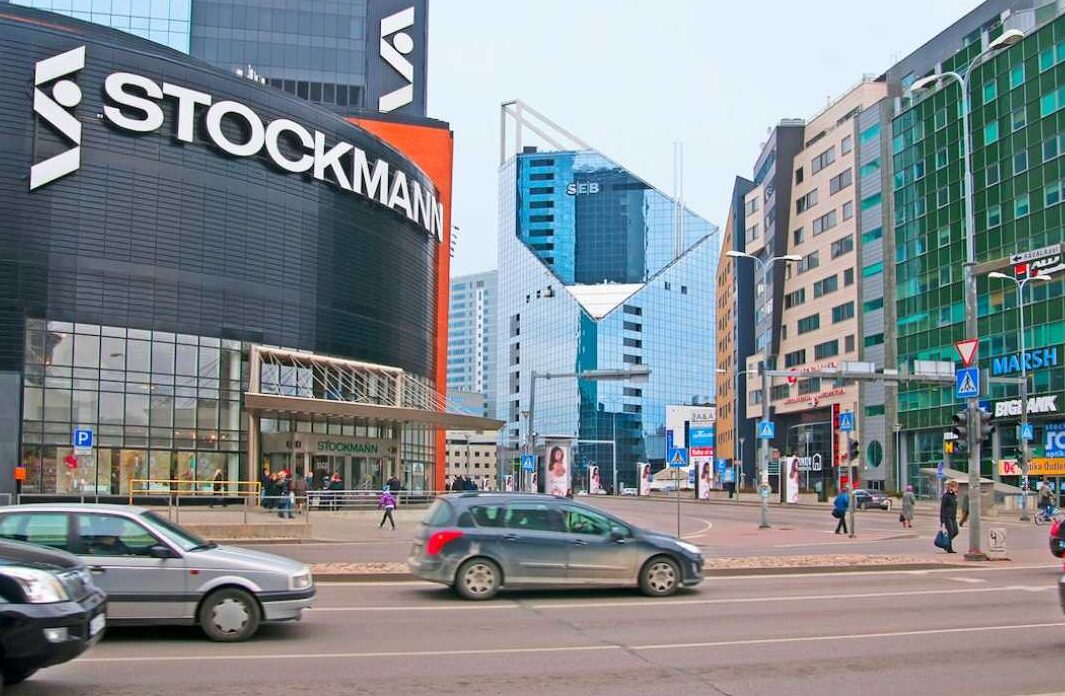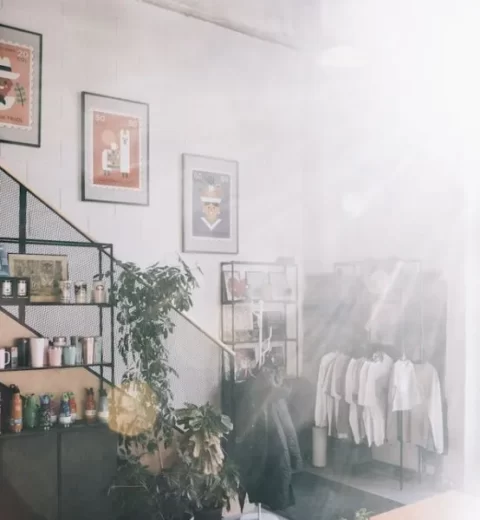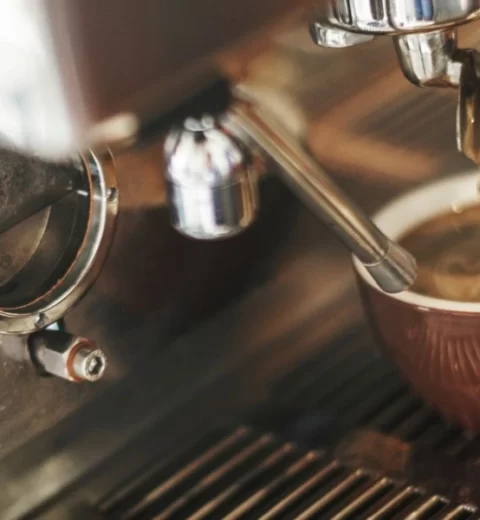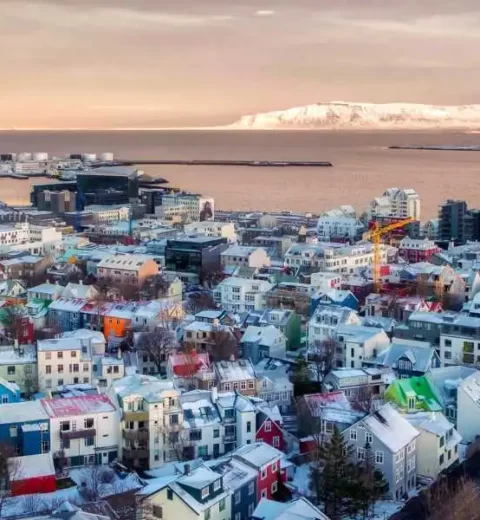Introduction
Tallinn, the capital city of Estonia, is a beautiful blend of history and modernity. From its winding cobblestone streets to its impressive medieval architecture, Tallinn is a must-visit destination for anyone interested in history, culture, and good food. Tallinn has something for everyone, from Telliskivi Creative City, Fotografiska, Tallinn Old Town, Linnahall, and the beautiful Kalamaja district.
In this article, we’ll take you on a journey through the must-go places in Tallinn. We’ll explore historical landmarks, hidden gems, trendy cafes and restaurants, and more. So, grab your walking shoes, and let’s get started!
Historical Landmarks
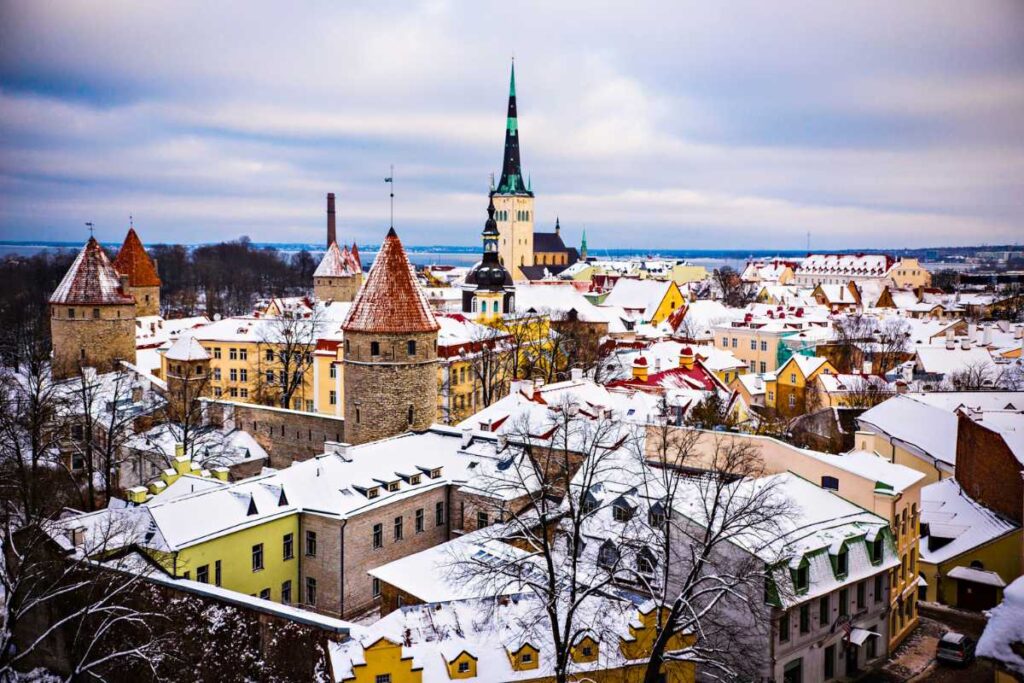
- The Old Town: The heart of Tallinn’s historic district is the Old Town, a UNESCO World Heritage site. It’s a maze of narrow streets, beautiful medieval buildings, and picturesque squares. Take the chance to explore this area on foot and immerse yourself in the city’s rich history.
- Toompea Castle: Located in the Upper Town of Tallinn, Toompea Castle is a beautiful pink structure that overlooks the city. It has served as the seat of power for Estonian rulers for centuries and now houses the country’s parliament. Take a guided tour to learn more about the castle’s fascinating history.
- Alexander Nevsky Cathedral: This beautiful Orthodox cathedral is one of Tallinn’s most iconic landmarks. Its stunning onion-shaped domes and intricate interior make it a must-visit attraction for anyone interested in religious architecture.
Hidden Gems
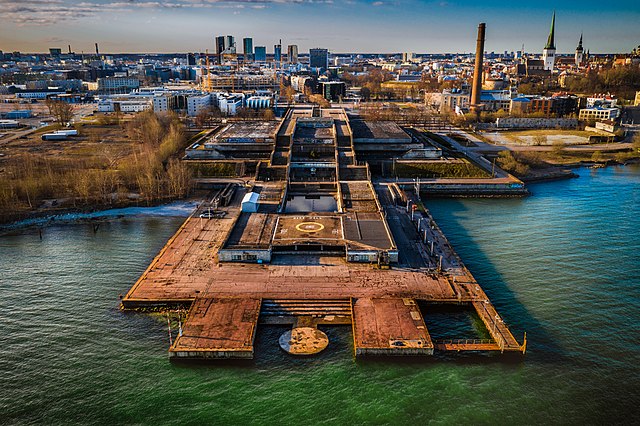
- Kalamaja: This trendy neighborhood is conveniently just a short walk from the Old Town but feels like a world away. It’s known for its colorful wooden houses, street art, and trendy cafes and restaurants. Don’t miss the chance to explore this up-and-coming area and discover its hidden gems.
- Linnahall: it is an iconic building located in the heart of Tallinn, Linnahall is just a short distance from the Old Town. Built in 1980 for the Moscow Olympic Games, it was designed to be a modern cultural center and concert hall. Today, Linnahall stands as a testament to Soviet-era architecture and is a popular destination for visitors interested in history and urban exploration. While the building is no longer in use for its original purpose, it still offers stunning views of the city and the sea from its rooftop terrace.
- St. Olaf’s Church: This towering church is one of Tallinn’s most recognizable landmarks, but few visitors know that you can climb to the top for panoramic views of the city. It’s a bit of a climb, but the views are worth it.
- Kumu Art Museum: If you’re a fan of modern art, you will want to attend the Kumu Art Museum. It’s one of the largest art museums in Northern Europe. It houses an impressive collection of Estonian and international contemporary art.
Trendy Cafes and Restaurants
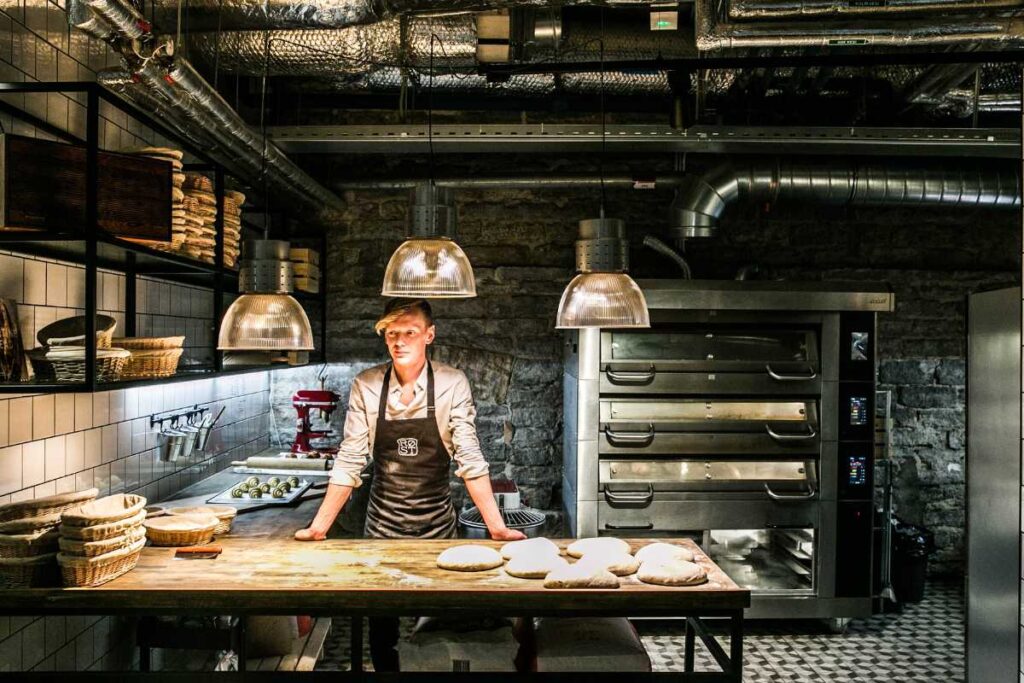
- Restaurant V: This trendy Old Town restaurant serves delicious Vegan food in a stylish setting.
- Kohvik Sesoon: Located in the heart of the Old Town, this cozy cafe serves delicious coffee and pastries. It’s the perfect spot to take a break from sightseeing and watch the world go by.
- RØST: This small Cafe and Roastery is in Roterman Quarter and serves delish coffee, pastries, and sourdough bread.
Off The Beaten Path
Kalamaja
Kalamaja is a trendy and bohemian district located just outside the Old Town. It’s known for its colorful wooden houses, quirky cafes, and street art. Kalamaja’s laid-back atmosphere is a great place to escape the tourist crowds and explore the local scene.
What to do in Kalamaja
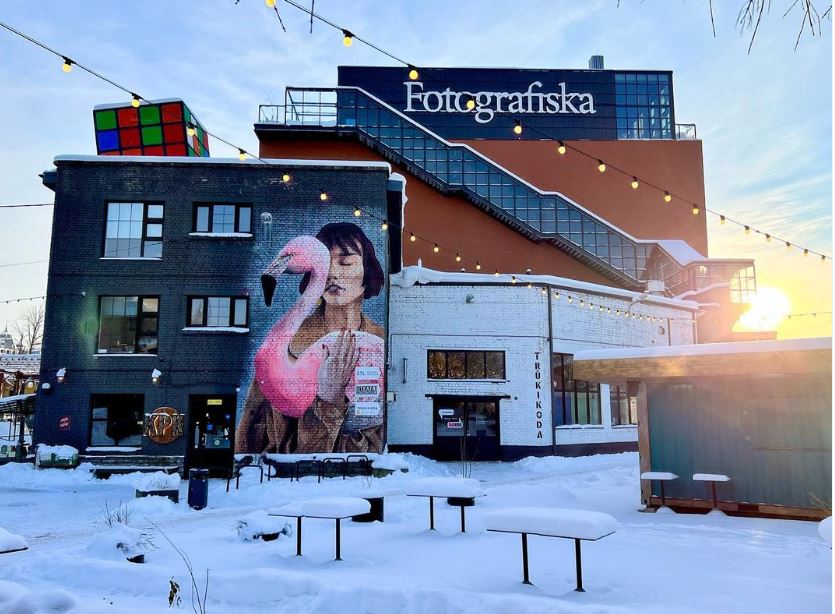
- Visit the Telliskivi Creative City, a former industrial complex that’s been transformed into a hub for artists, designers, and entrepreneurs.
- Explore the streets and alleys of Kalamaja and admire the colorful wooden houses.
- Check out Fotografiska Gallery and Cafe.
- Also check out the street art and graffiti which can be found throughout the neighborhood.
- Enjoy a coffee or meal at one of the area’s many quirky cafes and restaurants, like Fika in Telliskivi.
Kadriorg Palace and Park

The Palace is a magnificent baroque palace located just a short distance from the city center. It was built by Peter the Great for his wife, Catherine I, in the early 18th century. Today, the palace houses the Estonian Art Museum’s foreign art collection.
What to do in Kadriorg Palace and Park
- Explore the beautiful park surrounding the palace, which features fountains, sculptures, and manicured gardens.
- Visit the KUMU Art Museum, located within the park, which showcases Estonian art from the 18th century to the present day.
- Relax and enjoy a picnic in the park, which is a popular spot for locals and tourists alike.
Port Noblessner
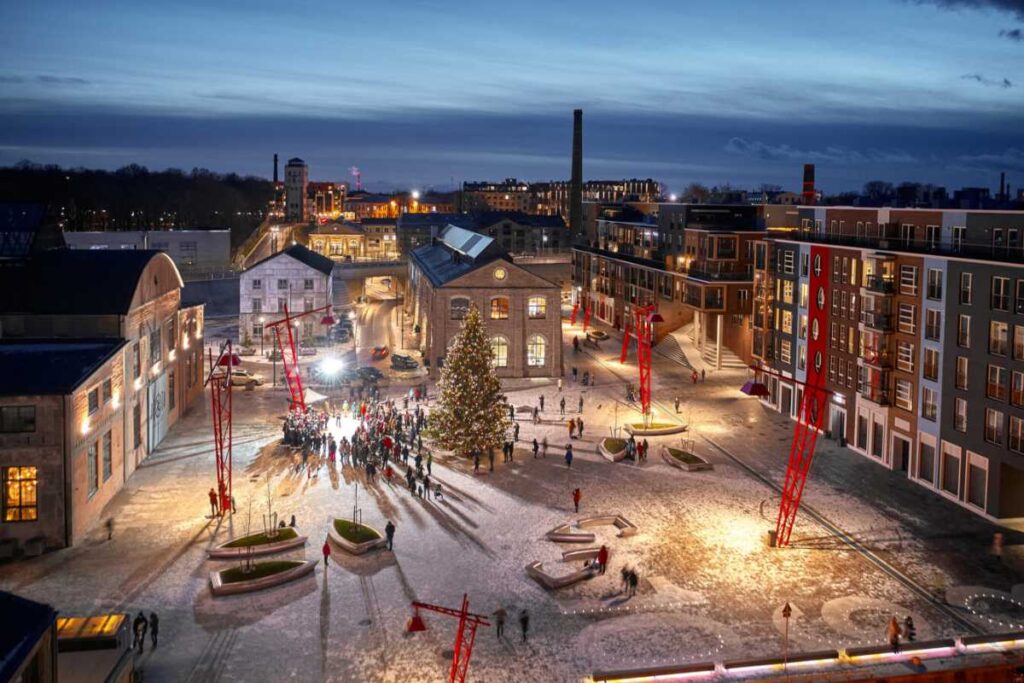
Noblessner is a vibrant and historic area located in the northern part of Tallinn, just a short distance from the city center. Once a major submarine production and repair facility during the Soviet era, the area has undergone a transformation in recent years and is now a popular destination for locals and tourists alike. Today, Port Noblessner is home to a variety of restaurants, bars, cafes, and shops, as well as a marina and a cultural center. Visitors can enjoy a stroll along the waterfront promenade, take in the stunning views of the Gulf of Finland, or even rent a boat or yacht to explore the area further. The unique combination of industrial heritage, modern development, and scenic beauty make Port Noblessner a must-visit destination for anyone visiting Tallinn.
What to do at Noblessner
- Explore the Port and outdoor Cafes and Restaurants under the sun.
- Take a break in breweries such as the unique Põhjala Tap Room & Brewery and try one of their 24 IPAs.
- Explore the historic seaplane hangar.
- Discover the Seaplane Harbor’s impressive collection of ships, including a submarine and an icebreaker.
- Experience life on board a ship with the museum’s interactive exhibits, which include a simulator and a virtual reality tour.
- Check out the museum’s temporary exhibits, which showcase various aspects of maritime history and culture.
Estonian Open Air Museum
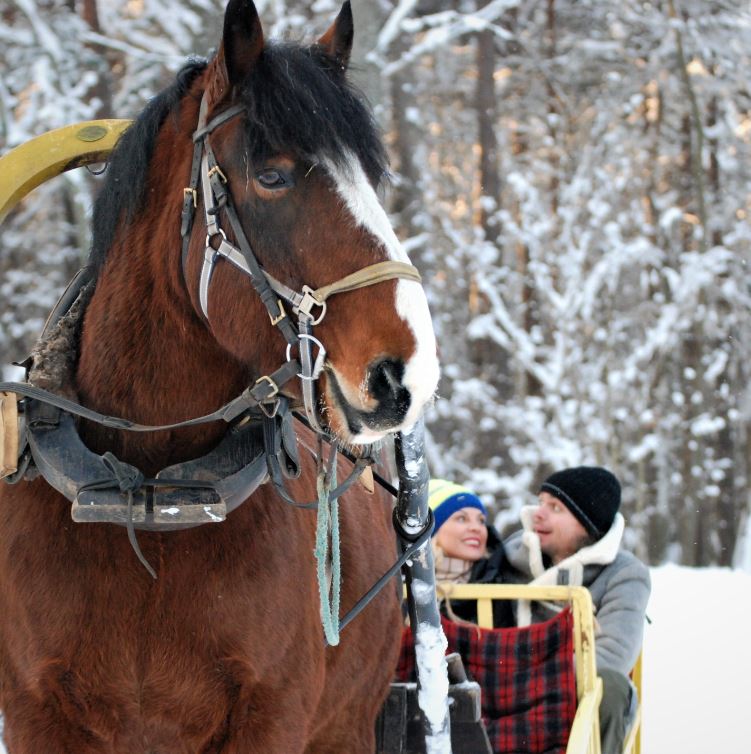
The Estonian Open Air Museum is an outdoor museum located just outside Tallinn. It features a collection of historic buildings from different regions of Estonia, as well as traditional crafts and cultural events.
What to do at Estonian Open-Air Museum
- Explore the museum‘s collection of historic buildings, which include farmhouses, windmills, and churches.
- Watch demonstrations of traditional crafts, such as blacksmithing and weaving.
- Attend one of the museum’s cultural events, which include concerts, festivals, and reenactments.
- Enjoy a lovely traditional Estonian meal at the museum’s restaurant, which serves local dishes made from seasonal ingredients.
FAQs
The best way to explore Tallinn is on foot. The city is compact and easy to navigate, and walking allows you to soak up the city’s charm and atmosphere. If you need to travel further afield, there are plenty of taxis and public.
The best time to visit Tallinn is during the summer, from June to September when the weather is mild, and there are plenty of outdoor events and festivals. However, the city is also charming in the winter, with snow-covered streets and cozy cafes and restaurants.
There are plenty of free things to do in Tallinn, including exploring the Old Town, walking along the city walls, and visiting parks and gardens. Many museums and attractions also offer free admission on certain days or for specific groups, such as children or seniors.
Yes, Tallinn’s Old Town is best explored on foot. It is a pedestrian-friendly area with narrow cobblestone streets and plenty of historical sights to see.
The local currency in Tallinn is the Euro (EUR).
Yes, English is widely spoken almost everywhere in Tallinn.
Some traditional Estonian dishes in Tallinn include black bread, smoked fish, elk meat, and sauerkraut.
Tallinn has a vibrant nightlife scene, with plenty of bars, nightclubs, and live music venues to explore. The Old Town is particularly popular for its lively bars and pubs.
Yes, the two cities are only a short distance apart and a 2 hour journey with the ferry.
Yes, Tallinn has made efforts to improve accessibility with wheelchair ramps and accessible entrances in many museums, restaurants, and shops. Accessible public transportation options are also available.

